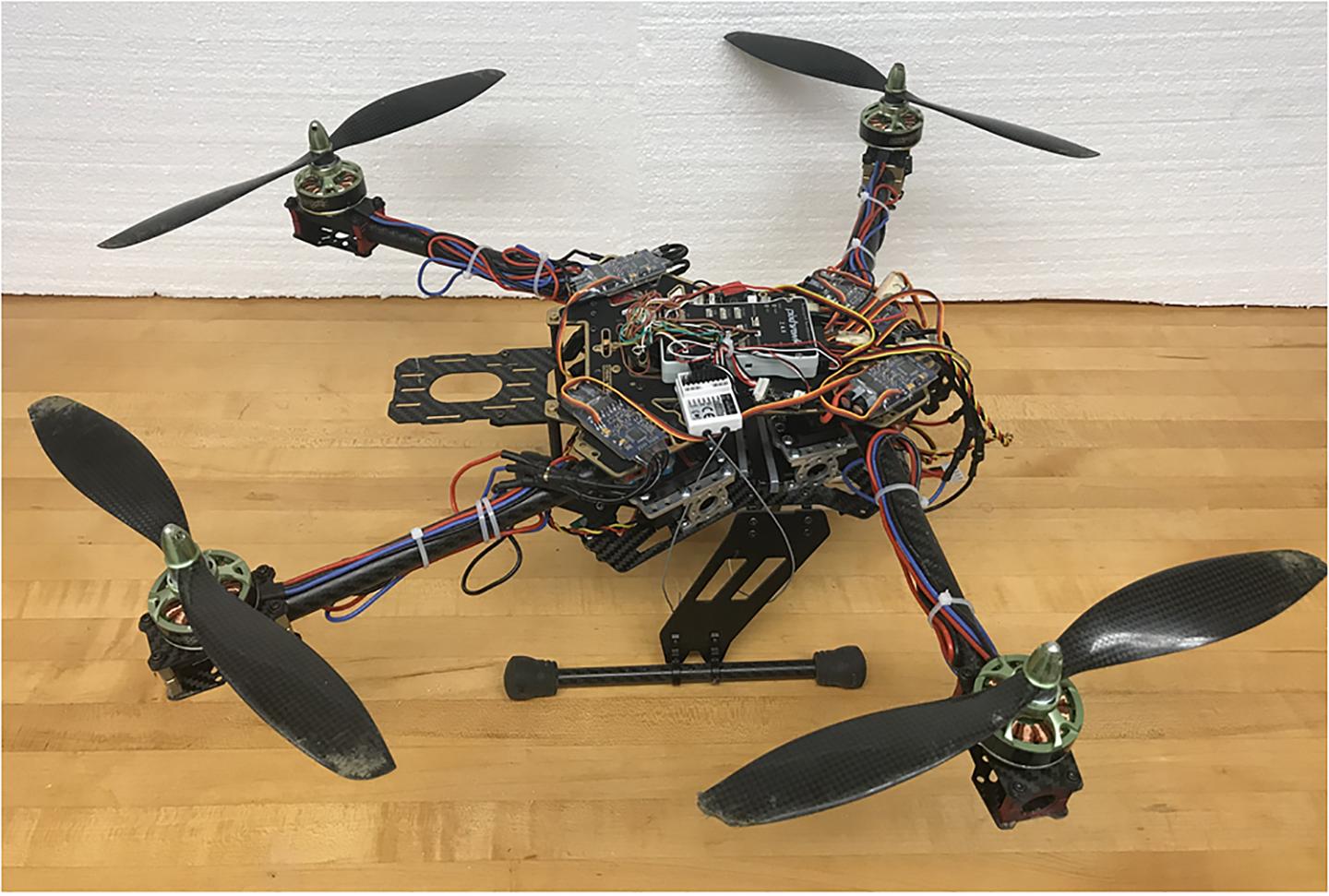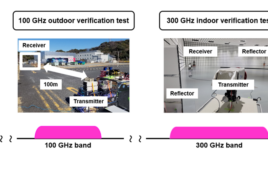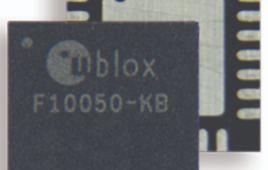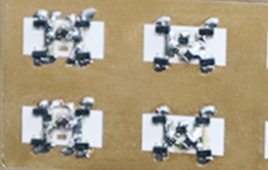When the winds start to howl, most drones will have a hard time maintaining their balance, except Purdue University’s patented design.
“Our drone design was inspired by the wings and flight patterns of insects,” says Xiumin Diao, an assistant professor in Purdue’s School of Engineering Technology. “We created a drone design with automatic folding arms that can make in-flight adjustments.”
According to Diao, the drone’s folding arms change the center of gravity while flying, which keeps it stable during windy condition. In addition, the arms also allow for the full range of rotor thrust, which increases energy efficiency.
“The drones on the market now have fixed arms and that greatly reduces their maximum payload capacity when the payload is offset their center of gravity,” says Diao. “Our design allows a larger payload because the movable arms can liberate part of rotor thrust to fight the weight on the overall device.”
One potential application, among others, is search and rescue missions, since it’s able to navigate the airways of damaged areas.
The full details of the design are described in the article, “Optimize Energy Efficiency of Quadrotors Via Arm Rotation,” published in the Journal of Dynamic Systems, Measurement and Control.

(Image Source: Xiumin Diao/Purdue University)




